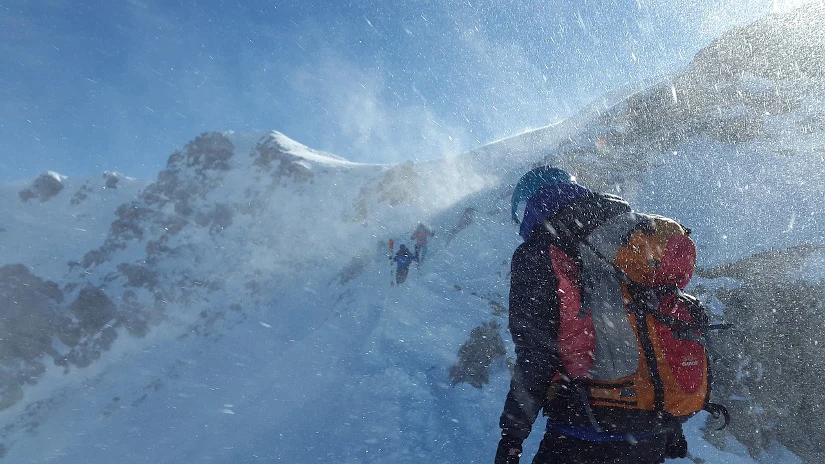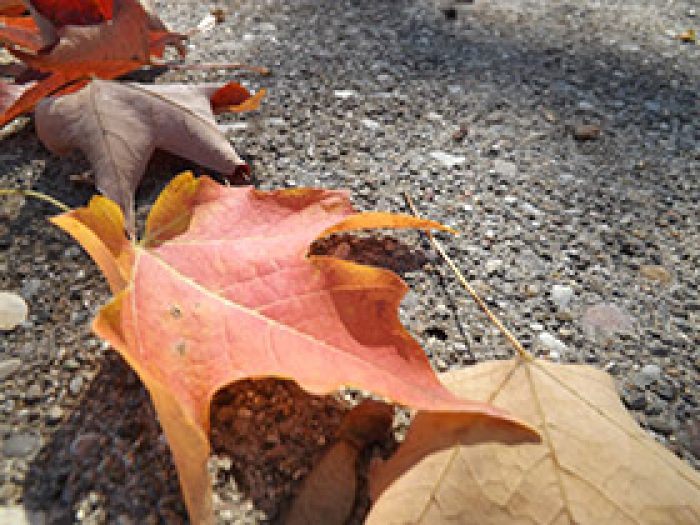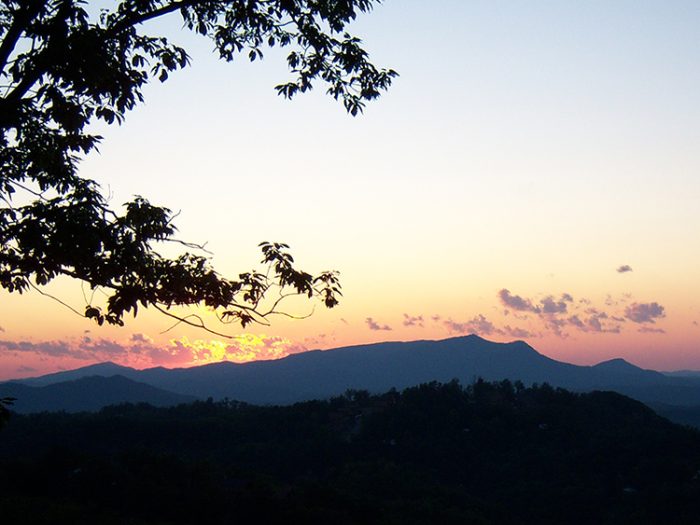
Hiking in Pigeon Forge is a blast, but
Can You Get Altitude Sickness in the Smokies?
The Smoky Mountains aren't the tallest mountain range in the country, but they still offer enough elevation to leave some people feeling off or sick. If you're not used to higher altitudes, you might find yourself tackling the symptoms of
- Pigeon Forge: 1,001 ft
- Sevierville: 902 ft
- Gatlinburg: 1, 289 ft
- Mount LeConte: 6,593 ft
- Clingman's Dome: 6,643 ft
That's a big jump for most people, especially if they naturally come from a lower elevation. The good news is that some preparation will ensure you enjoy everything the Smokies offer, from scenic overlooks to peaceful trails.
How Does Altitude Sickness Happen?
Most people believe it's the elevation itself that causes altitude sickness. The real culprit is the barometric pressure drop at such heights. The higher you go, the thinner the air, resulting in less oxygen. Over time, the body will adjust, but it's not always a smooth process.
Certain factors can make altitude sickness hit harder, including:
- Age
- Gender
- Physical Fitness Level
- Rate of Ascent
- Climbing Difficulty
What Are The Symptoms of Altitude Sickness?
- Dizziness
- Headache
- Fatigue
- Nausea/vomiting
- Shortness of breath
When you or someone in your group feels off or experiences any of these symptoms, it's time to take a break and reassess your plans before pushing forward.
How to Avoid Altitude Sickness
The first step to
Sleep at a Higher Elevation
At first glance, this tip might seem backward, but we have a method to our madness. Sleeping at a higher altitude allows your body to adjust to the thinner air without overtaxing your body. That way, when you start hiking, climbing, and playing, you'll experience less shock to your system.
Luckily, mountain-view cabins make this easy. We offer many cabins and vacation rentals at higher elevations that help you get a head start to adapt to the increased altitude.
Take it Easy for Your First Outing
One thing that holds true no matter a person's fitness level is how important pacing is when trying a physically demanding activity. Even if you're raring to go and feeling excited about your plans, giving your body time to adjust is important. Some easy-to-moderate trails to try include:
- Laurel Falls Trail
- Gatlinburg Trail
If you feel good and your body has adjusted, you can try more exciting activities like the Trillium Gap Trail or mountain climbing. Just listen to your body. It will know when it's ready for more excitement.
Maintain Proper Hydration
Increased elevation can cause water retention, leading to less serious conditions like bloating or severe conditions like High-Altitude Pulmonary Edema. As such, it's vital to maintain proper hydration during activities like hiking or climbing.
Below are our tips for maintaining proper hydration:
- Stay equipped with more water than usual.
- Stop regularly for water breaks.
- Drink slowly and take small sips.
- Stick to foods that limit dehydration.
What to Do if Elevation Sickness Occurs
Sometimes, despite your best efforts, elevation sickness still happens. If that occurs, the first thing to do for
If symptoms are mild, a short break and deep breaths might be all that's needed. However, if nausea, shortness of breath, or dizziness worsens, it's time to head to a lower elevation. A small 500-1,000 ft drop can make a huge difference.
If your symptoms are severe or feel worse than they should, don't hesitate to seek medical help. It's always better to be safe than sorry when your well-being is on the line.
Plan Your Cabin Getaway Today!
Now that you know everything you need to know to avoid altitude sickness in the Smoky Mountains, it's time to plan your mountain adventure vacation! Whether you dream of a cozy cabin with a hot tub or a romantic cabin retreat for two, we have the perfect spot for you. Don't wait a moment longer. Book your








